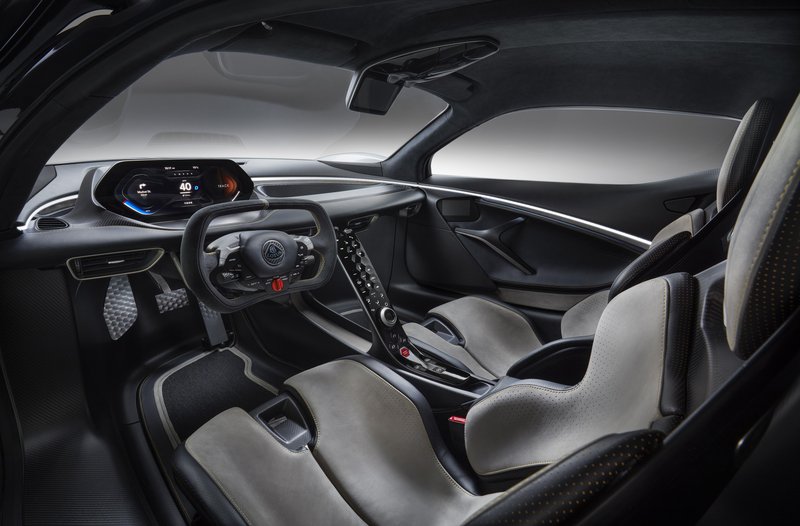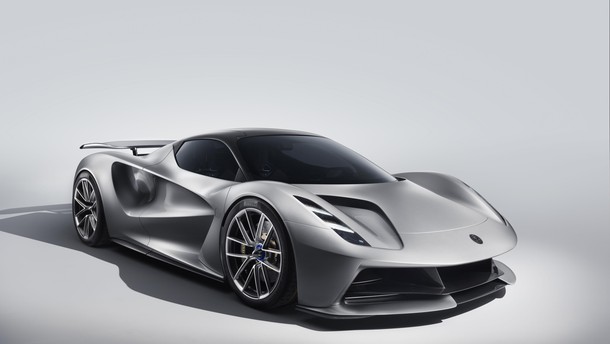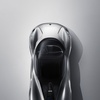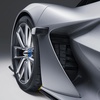
The name Lotus in the car industry has not been one of the most recognizable in recent years. After all, they have not presented a new model for a full decade, which is why the fate of the company has not been very clear either. But the new owner from Asia have brought fresh wind, capital and, as it turns out, the future. 71 years after the company was founded, behind which was the legendary Colin Chapman brand represents its 130. a car that with no doubt brings a new beginning.
That it is a special car that is best illustrated by technical data. They did not impose any restrictions on Lotus, giving it four electric motors of a total power of 1,471 kilowatts. By doing this, they made the most powerful serial car in the world, and as a result, this means that it will be the car to reach 100 kilometers per hour in less than three seconds, and maximum speed, however, will amount to 'over 320 kilometres per hour', but the exact number of Lotus has not be disclosed.
The electric motor assembly will, of course, also be adequately supported in the field of battery pack and charge. It will be able to drive 400 kilometres without having to charge it. However, when this happens, the charging process – if the infrastructure allows it – will be extremely short. Thanks to the 350 kilowatt technology, the charging will take 18 minutes, according to the factory; in only 12 minutes on the other side it will be charged up to 80 per cent. At the same time, Lotus points out that, thanks to Williams Advanced Engineering's help, it will be possible to charge 800 kilowatts in the future.

Despite the four electric motors and (most likely) large battery packs, the whole car will be relatively light as it will only weigh 1,680 kilograms. The secret of the low weight is the substantial use of carbon fibres, from which the monocoque of a car with a total weight of only 129 kilograms will be made. Carbon fibres are also key ingredients of components, aimed at optimising car aerodynamics, and Lotus engineers have also borrowed Formula One solutions, such as the DRS system to reduce air resistance and the method of fabrication of the chassis (as provided for by the Italian company CPC).
One of the most advanced cars at the moment, of course, will be priced approprietly. For only 130 produced specimens, as Lotus is expected to produce from 2020, they will demand for £ 1.7 million or less than EUR three million, with £ 250,000 on the reservation.










